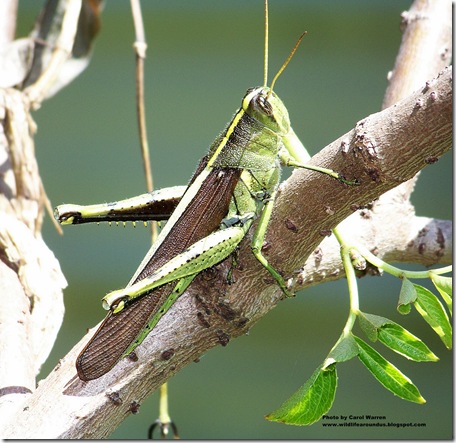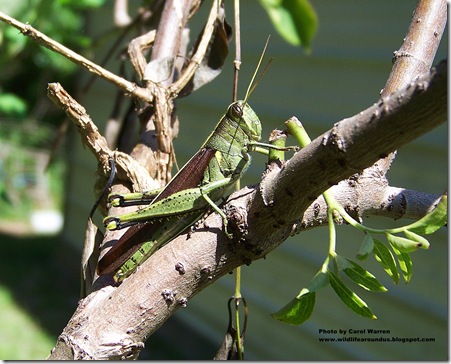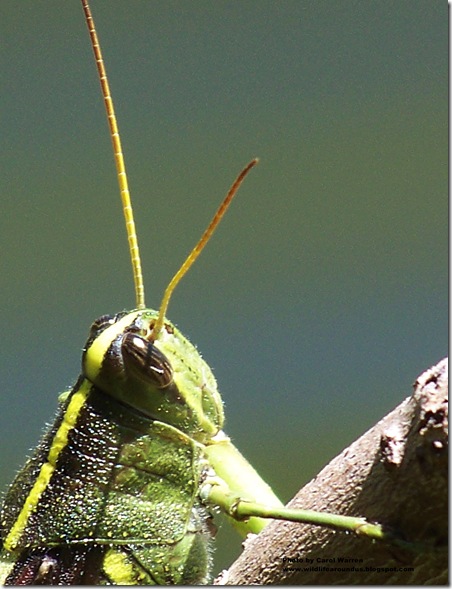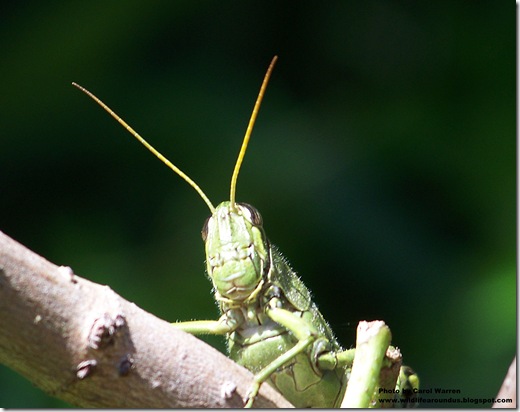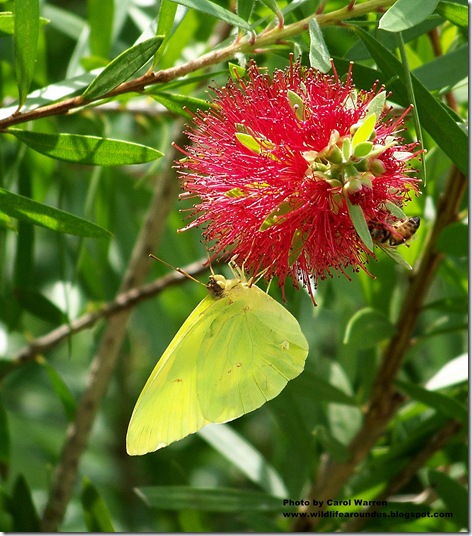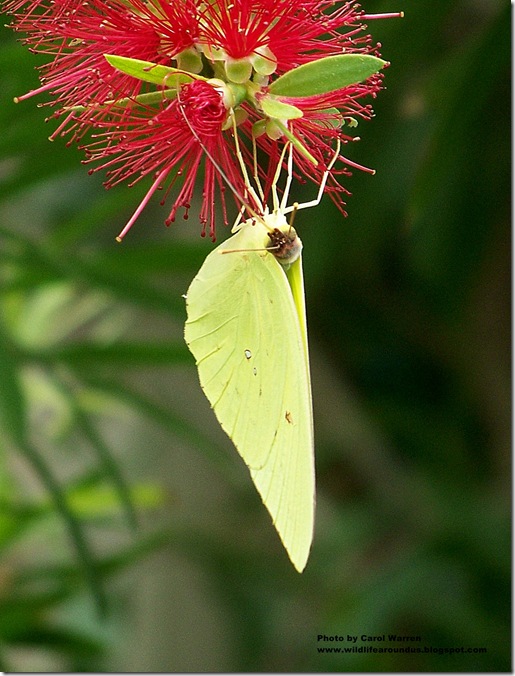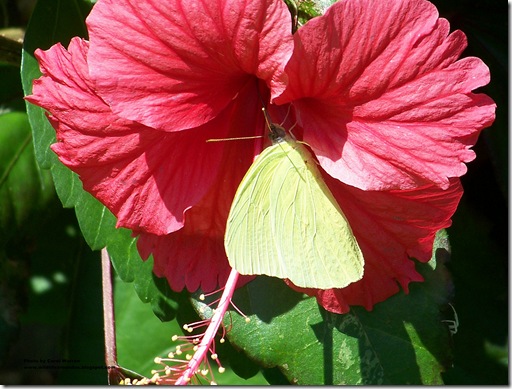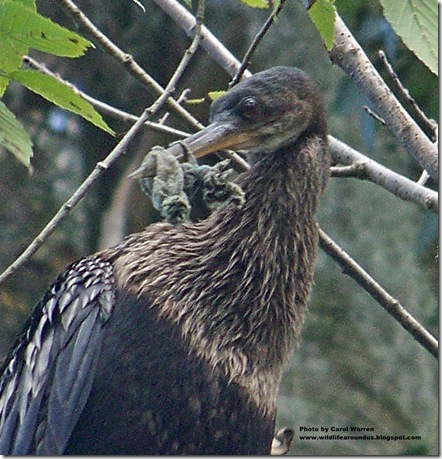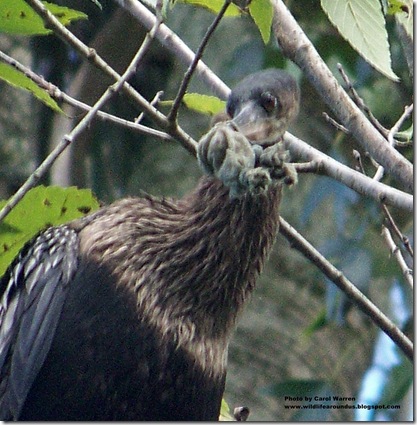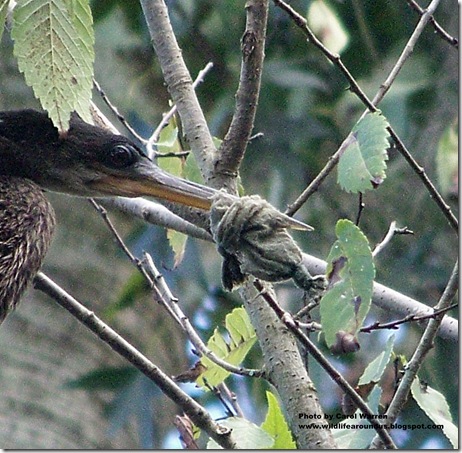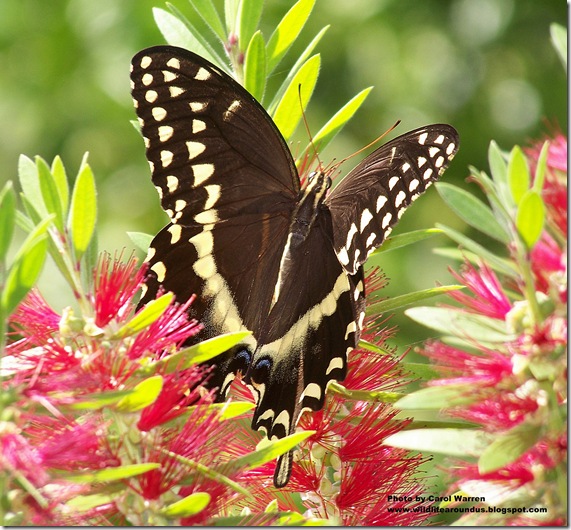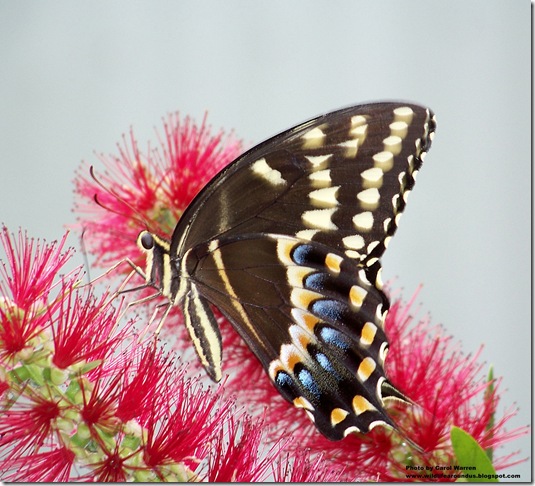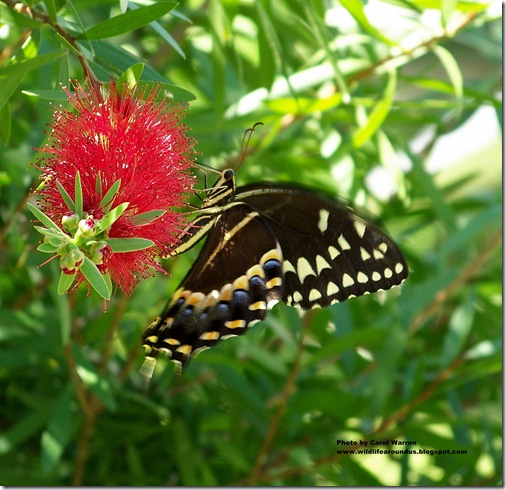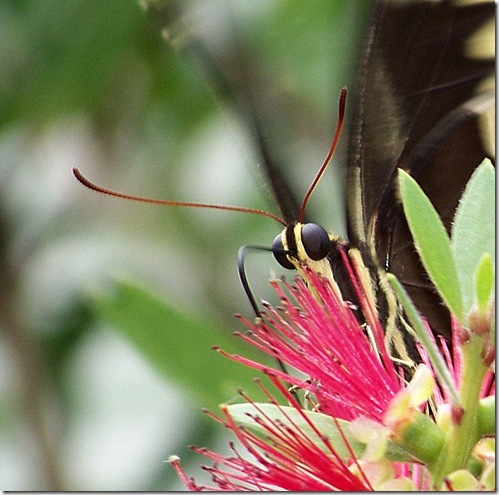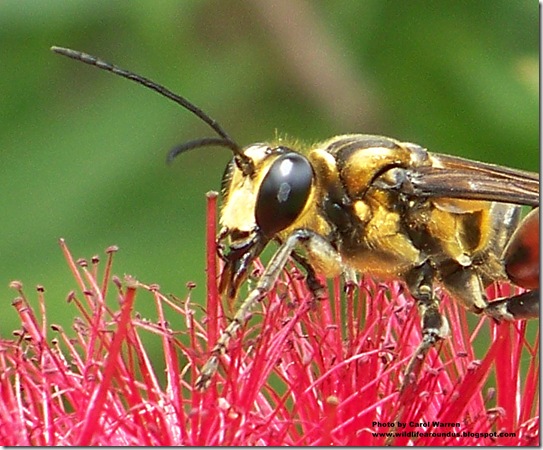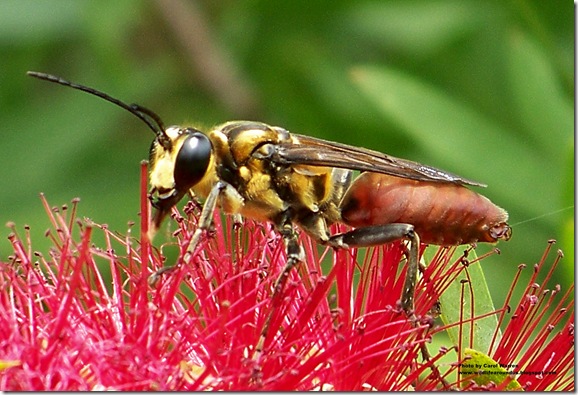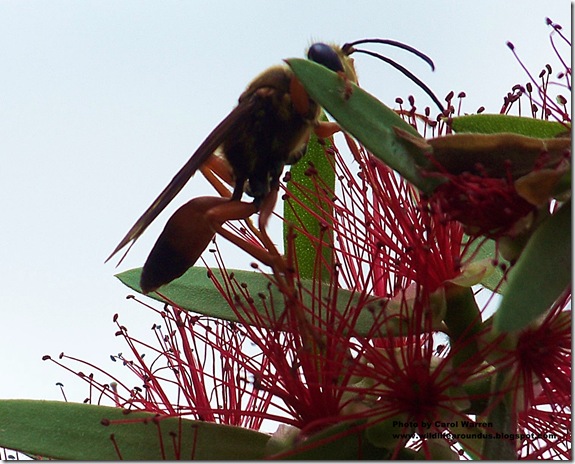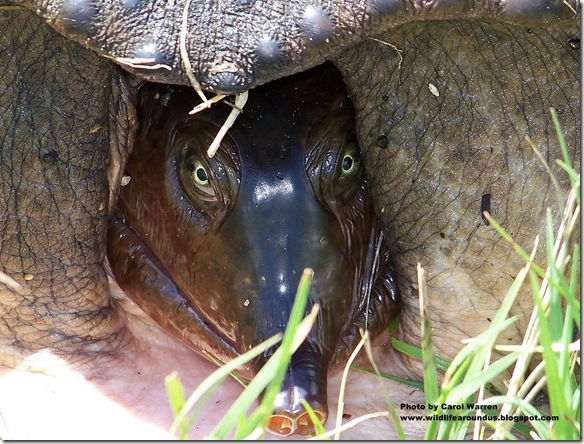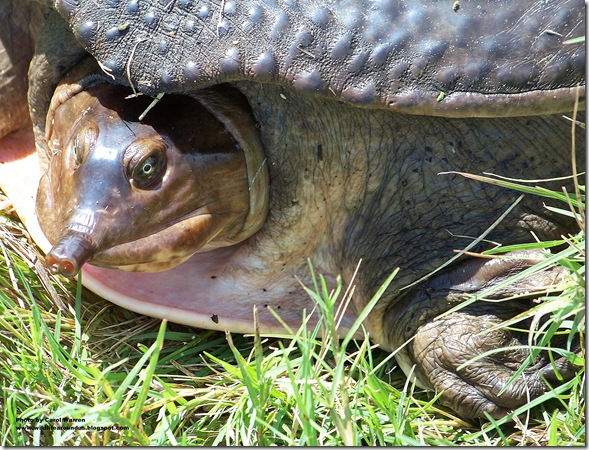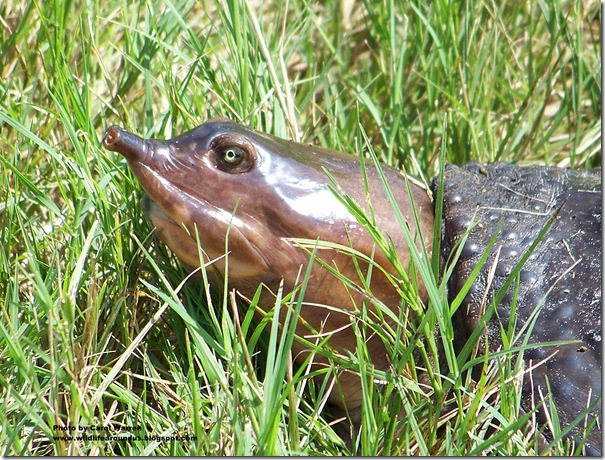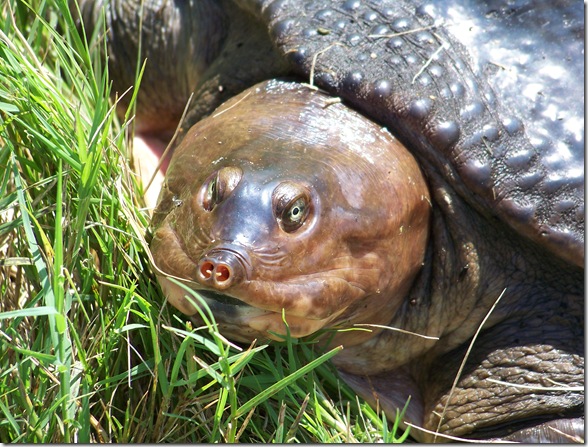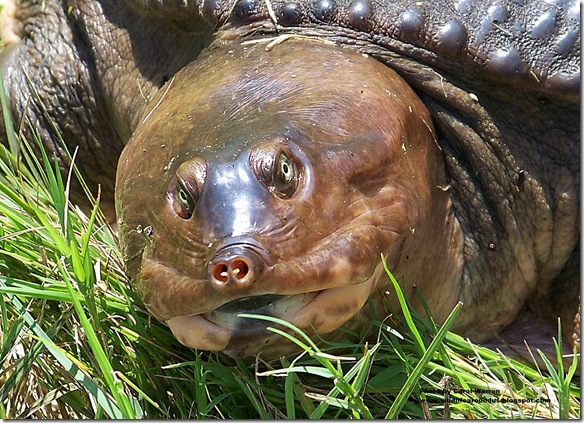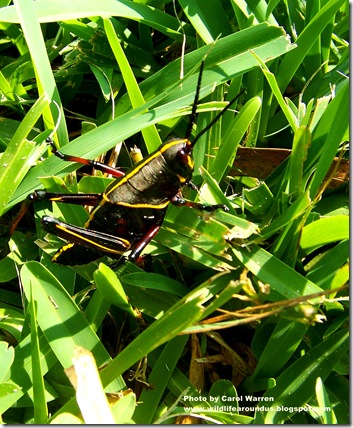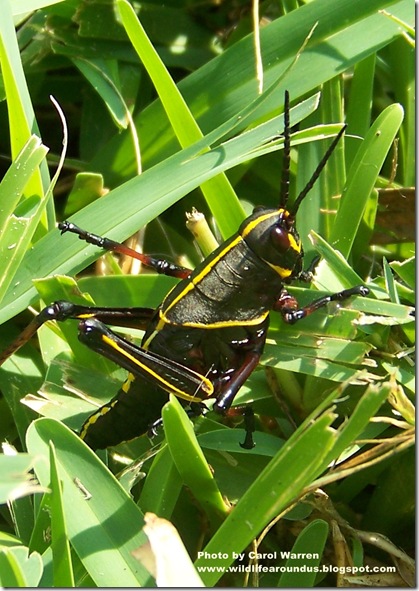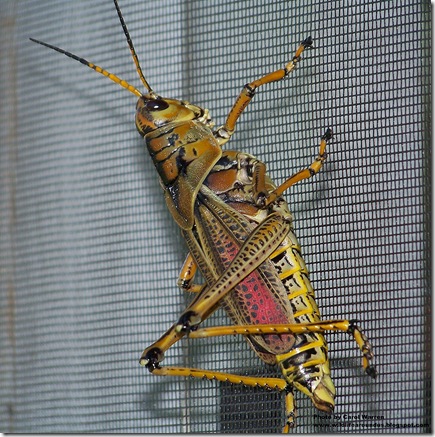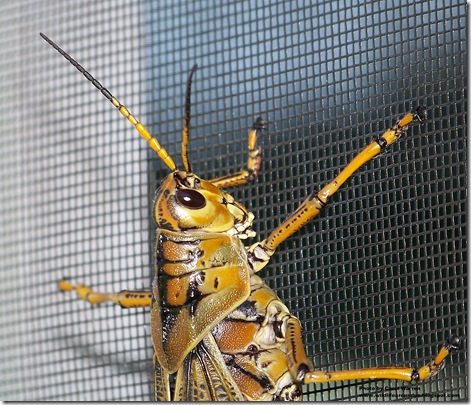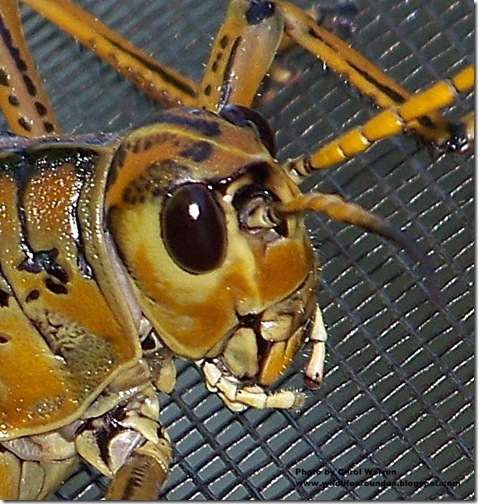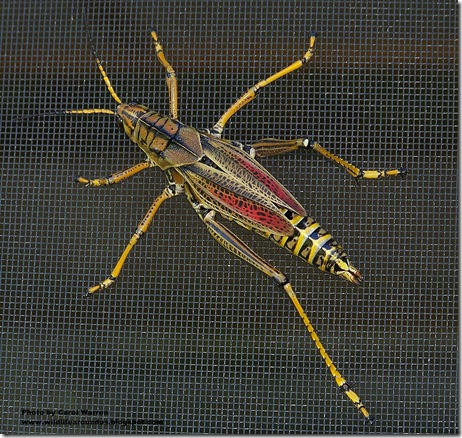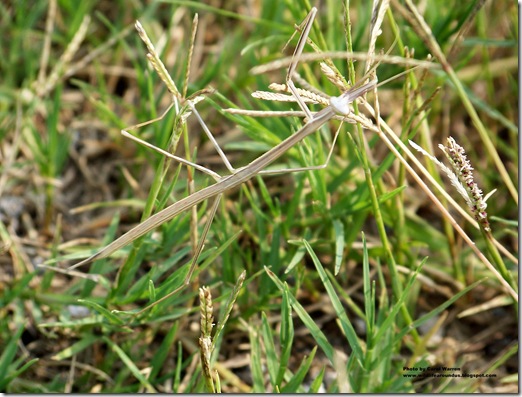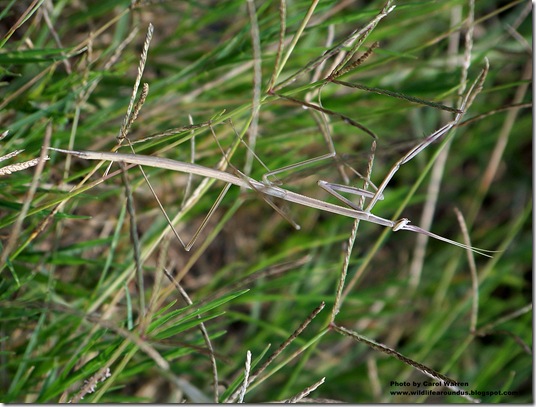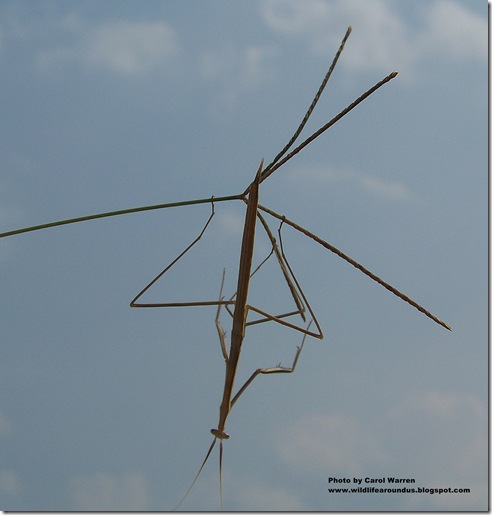I take regular bike rides down along the canals that run next to the road, here in the Hammock. I can ride the same roads and see something new each day.
This morning, late morning, I saw a flock of Snowy Egrets land and start feeding in the canal.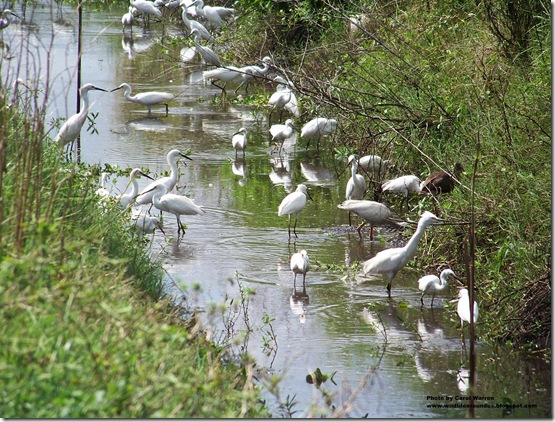
There were White Ibis among them. They have a long curving reddish bill. The dark bird is an immature Ibis. I also noticed a Great Egret standing among them. It’s in the center of the picture. At first, I thought it was a Great White Heron. They look very similar, but the Great White Heron has yellowish legs and the Great Egret…black.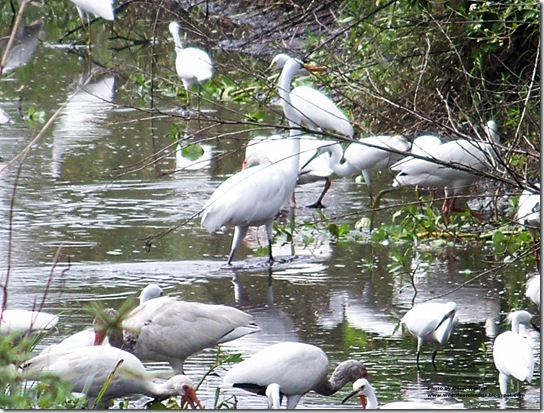
I tried getting closer but they decided they’d leave.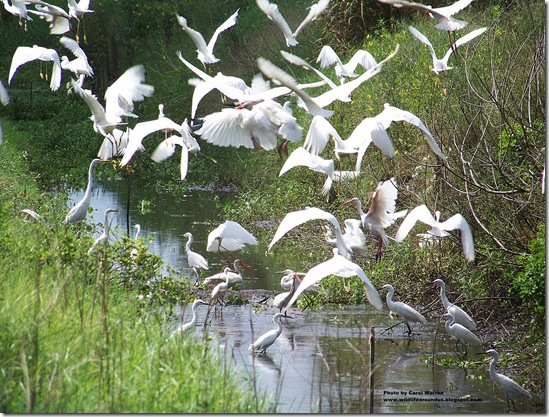
It is so pretty watching a flock lift off. They circled around and landed again, but I decided to leave and let them feed on whatever it was that attracted them to that spot.
I cropped this out of one of the photos so you could see the difference between the Snowy Egret and the Great Egret. Big difference in size and the Snowy Egret has a black bill. It also has black legs and yellow feet. Kind of looks like its wearing boots. The flight photo shows several yellow feet, if you look close.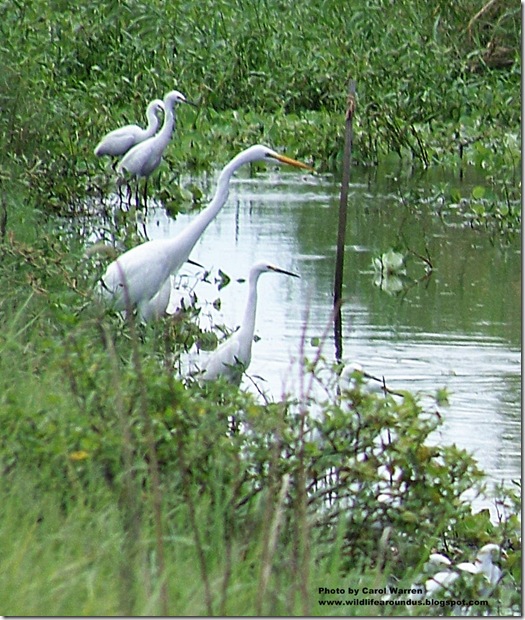
It’s funny….but until I started taking pictures…all I ever saw way a flock of white birds….not realizing there could be more than one kind. Now that I have something to compare it to, besides my memory, I can check my PETERSON FIELD GUIDE (East of the Rockies) , and then I learn even more.
